The first astronauts on the Moon since the Apollo era will be armed with a suite of instruments including a tool to investigate growing crops on the Moon, a water-ice detector and a lunar seismometer for measuring moonquakes.
NASA has selected the first science instruments that will be deployed on the surface of the Moon by astronauts as part of the Artemis III mission.
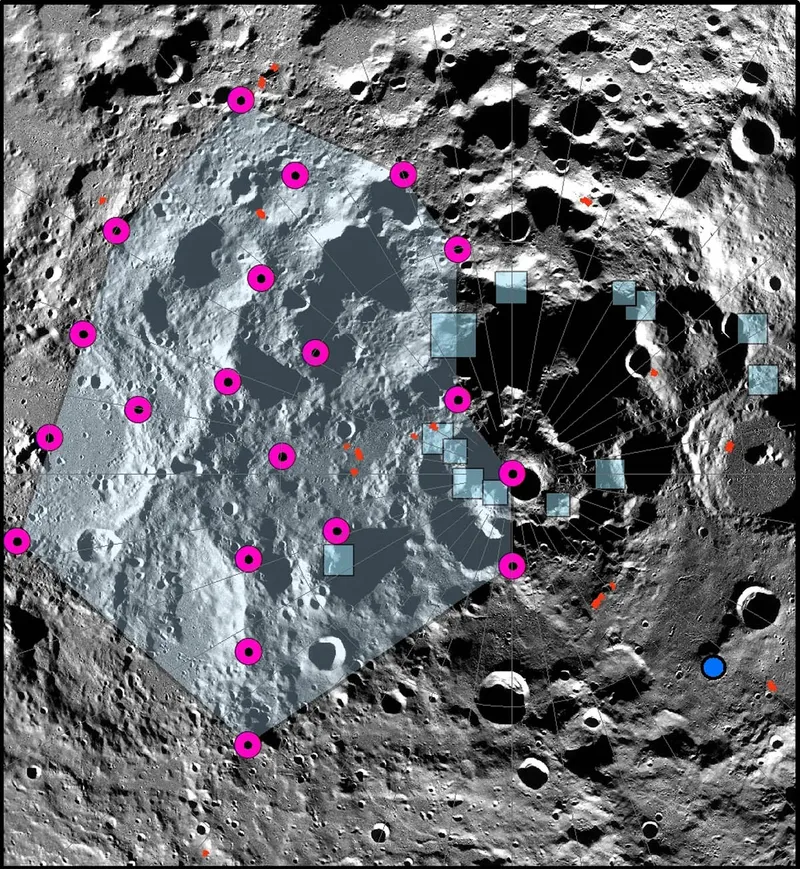
The Artemis programme marks NASA's renewed exploration of the Moon, and Artemis III will see the first humans return to the Moon since the end of the Apollo programme in the early 1970s.
It will explore the south polar region of the Moon, and some of the Artemis III proposed landing regions for are among the oldest parts of the Moon.
Science carried out at the surface will contribute to establishing a human settlement on the Moon, but also to the field of planetary science and understanding how our Moon formed and evolved.
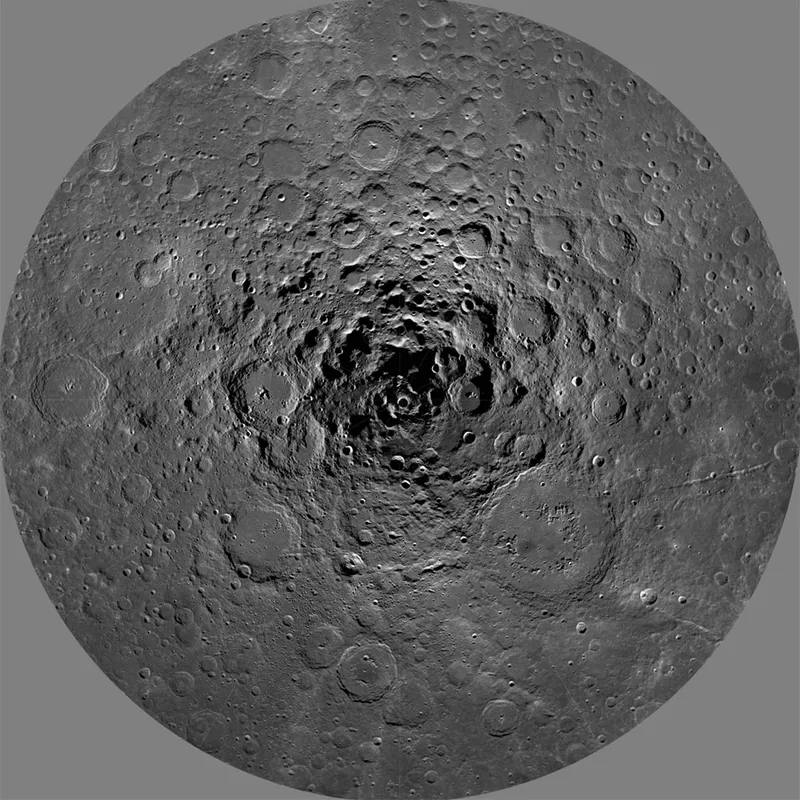
Artemis III instruments
Three instruments have been selected by NASA for the Artemis III mission, to be installed near the lunar south pole to collect scientific data about the Moon's environment, its interior and how to maintain a human settlement.
NASA has identified three key science objectives for the Artemis programme to return humans to the Moon:
- Understanding planetary processes
- Understanding the character and origin of lunar polar volatiles
- Investigating and mitigating exploration risks
The three instruments are expected to be part of the mission payload for the Artemis III mission, currently targeted for launch in 2026.
Final decisions about the mission and its payload will be determined at a later date.
These are the three instruments being sent to the Moon and deployed by the Artemis III crew:
Lunar Environment Monitoring Station
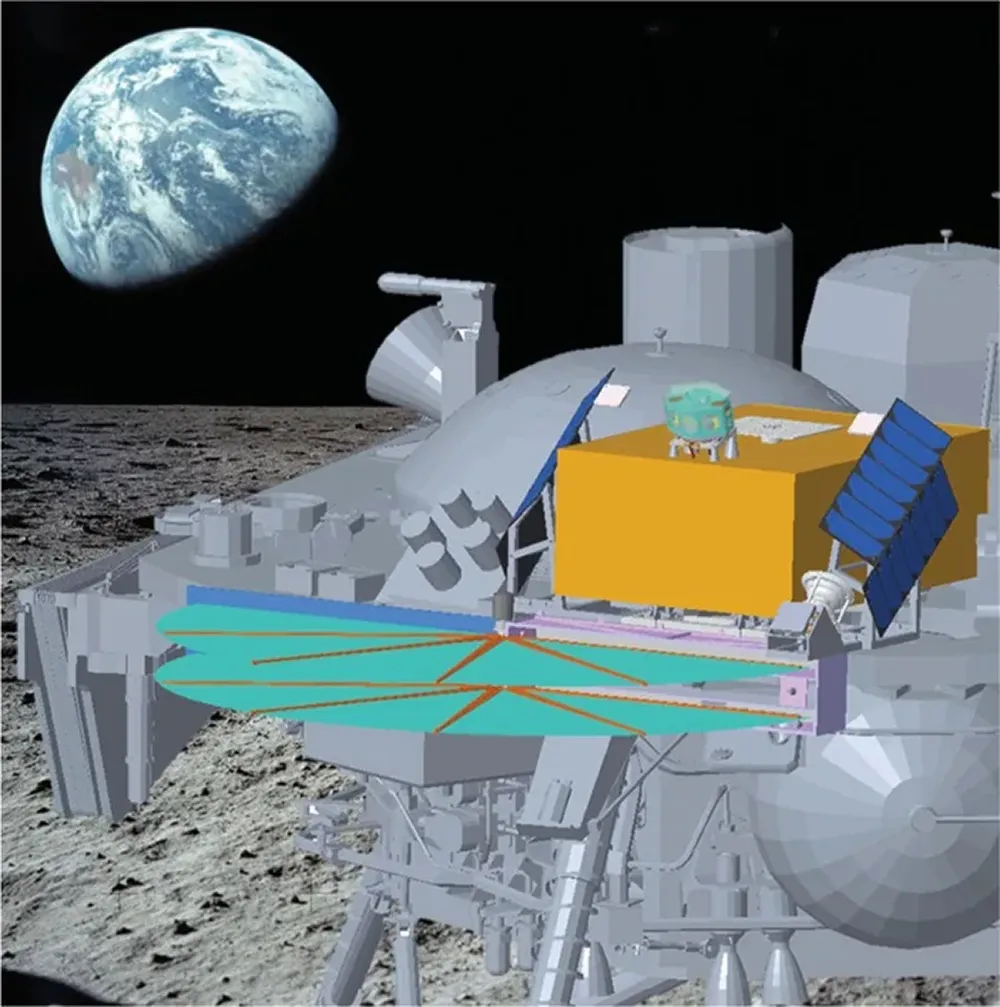
This autonomous seismometer is designed for continuous, long-term monitoring of the seismic environment on the Moon.
It will study moonquakes in the lunar south polar region.
This announcement follows news of the detection of quakes and landslides at landing sites of future crewed missions to the Moon.
The Lunar Environment Monitoring Station (LEMS) will also provide data on the structure of the Moon’s crust and mantle, which will help planetary scientists learn more about the Moon's formation and evolution.
NASA says LEMS is intended to operate on the lunar surface from 3 months up to 2 years and could become a key station in a future lunar network.
LEMS is led by Dr. Mehdi Benna from the University of Maryland, Baltimore County.
Lunar Effects on Agricultural Flora

The 2015 US movie The Martian remains a key reference point when discussing the prospect of growing crops on a Solar System body beyond Earth.
And in 2022 NASA announced that scientists had grown planets in lunar soil in labs back on Earth.
But how possible would it be to grow crops on the Moon?
The Lunar Effects on Agricultural Flora (LEAF) is designed to look further into the prospect that future Moon-dwellers might grow their own food.
It will observe plant photosynthesis, growth and how radiation and partial gravity affect a plant's wellbeing.
This could help scientists learn more about growing and using planets on the Moon, and could be a game-changer when it comes to self-sufficiency in a future human settlement on the lunar surface.
LEAF is led by Christine Escobar of Space Lab Technologies, LLC, in Boulder, Colorado.
Lunar Dielectric Analyzer
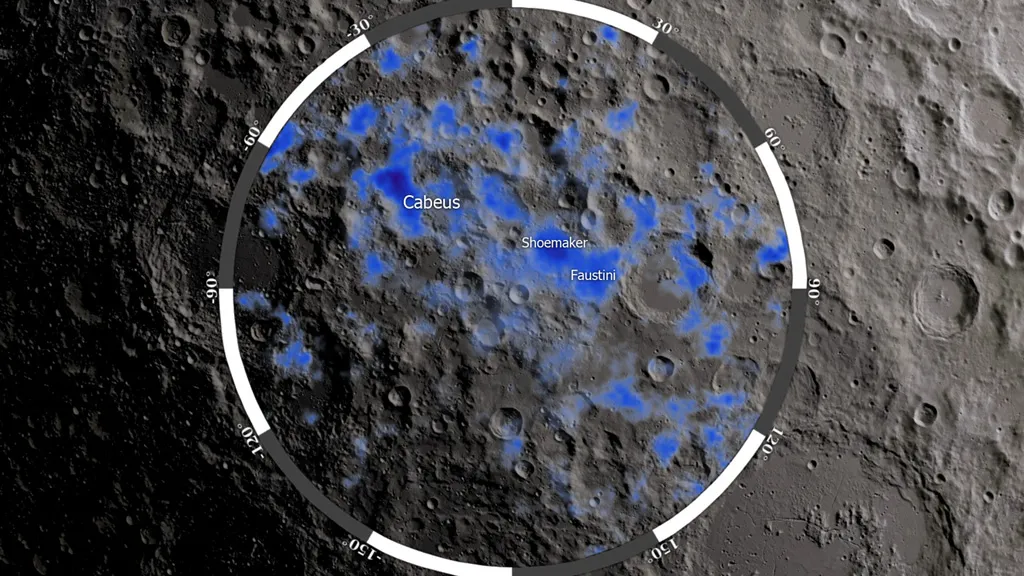
Water ice is known to exist in shadowed craters at the lunar south pole, and harvesting this ice is key to establishing human settlements on the Moon.
Not only would water ice provide a source of drinking water, but it could also provide oxygen for astronauts to breathe, and could potentially be used for producing rocket propellant to launch missions from the Moon.
The Lunar Dielectric Analyzer (LDA) will measure the lunar regolith’s ability to propagate an electric field, which is key to the search for lunar volatiles, especially ice.
LDA will collect informaton about the Moon’s subsurface, monitor dielectric changes caused by the changing angle of the Sun as the Moon spins, and look for frost or ice deposits.
LDA is led by Dr. Hideaki Miyamoto of the University of Tokyo and supported by JAXA (Japan Aerospace Exploration Agency).
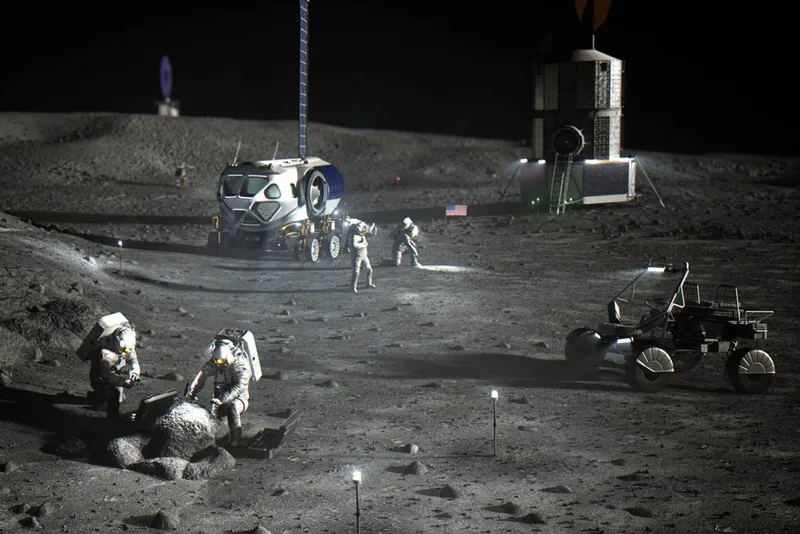
"Artemis marks a bold new era of exploration, where human presence amplifies scientific discovery. With these innovative instruments stationed on the Moon’s surface, we’re embarking on a transformative journey that will kick-start the ability to conduct human-machine teaming – an entirely new way of doing science," says NASA Deputy Administrator Pam Melroy.
"These three deployed instruments were chosen to begin scientific investigations that will address key Moon to Mars science objectives."
"These three scientific instruments will be our first opportunity since Apollo to leverage the unique capabilities of human explorers to conduct transformative lunar science," says Joel Kearns, deputy associate administrator for exploration in NASA’s Science Mission Directorate in Washington.
"These payloads mark our first steps toward implementing the recommendations for the high-priority science outlined in the Artemis III Science Definition Team report."
How do you feel about humans returning to the Moon, and what might a human settlement on the Moon be like? Get in touch by emailing contactus@skyatnightmagazine.com

